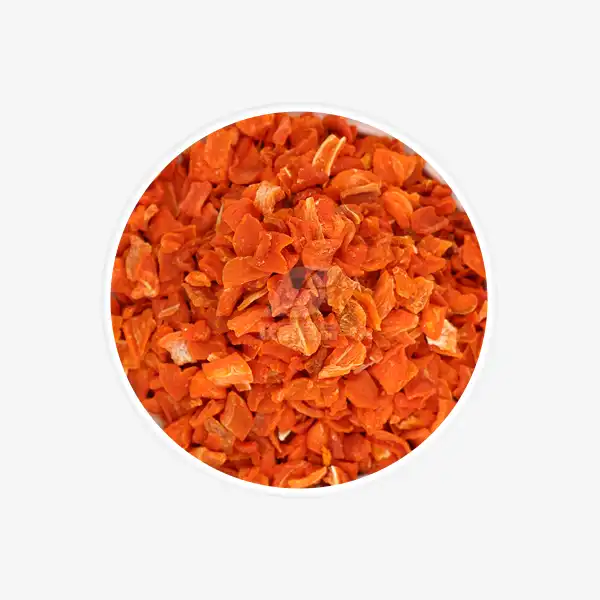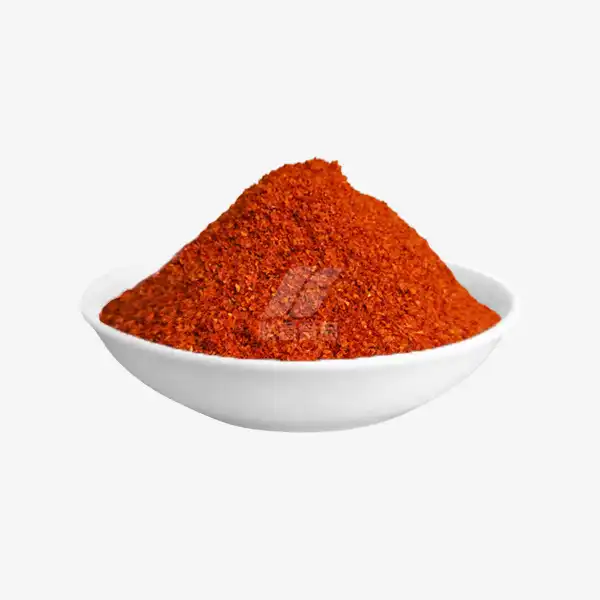Ultimate Guide to Dehydrated Chili
Dehydrated chili is a versatile ingredient that packs a flavorful punch in a convenient, shelf-stable form. Whether you're an avid gardener looking to preserve your pepper harvest or a culinary enthusiast seeking new ways to spice up your dishes, this guide will walk you through everything you need to know about dehydrated chili. From the dehydration process to health benefits and creative recipes, prepare to embark on a journey that will transform your approach to this zesty ingredient.
How to Dehydrate Chili Peppers at Home?
Dehydrating chili peppers at home is a straightforward process that allows you to preserve your harvest and create your own chili powder or flakes. Here's a step-by-step guide to help you get started:
Select and Prepare Your Peppers
Choose fresh, ripe chili peppers without any signs of mold or decay. Wash them thoroughly and pat dry. For faster drying, slice larger peppers into rings or halve smaller ones. Remember to wear gloves when handling hot peppers to protect your skin.
Arrange for Dehydration
If using a food dehydrator, arrange the pepper pieces in a single layer on the trays, ensuring they don't overlap. For oven drying, spread them on a baking sheet lined with parchment paper.
Dehydration Process
For a food dehydrator, set the temperature between 125°F and 135°F (52°C to 57°C). Oven drying can be done at the lowest setting, ideally around 150°F (65°C). The process can take anywhere from 6 to 12 hours, depending on the peppers' size and moisture content.
Check for Doneness
Properly dehydrated peppers should be brittle and crisp, breaking easily when bent. If they remain leathery or flexible, they need more drying time. Ensure they are completely dry to the touch and snap easily before storing, as any moisture left can cause mold or spoilage.
Storage
After cooling, store whole dried peppers in airtight containers, keeping them away from direct light. For chili powder, grind the dried peppers using a spice grinder, then sift to remove any larger particles before storing in a sealed container to preserve freshness and flavor.
Top Health Benefits of Dehydrated Chili
Dehydrated chili isn't just a flavor enhancer; it's also packed with health benefits. Here are some compelling reasons to incorporate this spicy ingredient into your diet:
- Capsaicin: The Heat Source with Healing Properties: Capsaicin, the compound responsible for the heat in chili peppers, offers more than just spiciness. It has been linked to numerous health benefits, including pain relief. Capsaicin is often used in topical treatments to alleviate discomfort from conditions like arthritis and muscle pain. Additionally, it may help boost metabolism by increasing thermogenesis, potentially aiding in weight loss.
- Rich in Antioxidants: Chili peppers are packed with antioxidants, particularly vitamin C and carotenoids. These compounds play a crucial role in neutralizing free radicals, which can cause oxidative stress and damage cells. The high antioxidant content helps protect the body from various chronic diseases and supports overall health, including skin health and eye function.
- Potential Weight Management Aid: Several studies have suggested that capsaicin may assist with weight management. It is thought to suppress appetite and increase calorie burning, which could help individuals manage their weight more effectively. By enhancing metabolism and promoting fat oxidation, chili peppers may be a valuable addition to a balanced diet aimed at weight control.
- Heart Health Support: Regular consumption of chili peppers has been associated with improved cardiovascular health. The capsaicin in peppers may help reduce the risk of heart disease by improving circulation, lowering blood pressure, and reducing bad cholesterol levels. This can lead to better overall heart health and reduced risks of heart attacks and strokes.
- Immune System Boost: Chili peppers are an excellent source of vitamin C, which is essential for a strong immune system. Vitamin C boosts the body's ability to fight off infections, making chili peppers a beneficial food for maintaining immune health. Regular intake may help the body ward off colds and other illnesses more effectively.
Creative Recipes Using Dehydrated Chili
Dehydrated chili is an incredibly versatile ingredient that can add depth and heat to a wide variety of dishes. Here are some innovative ways to use it in your cooking:
- Homemade Chili Powder Blend: Create your own unique chili powder by combining dehydrated chili with spices like cumin, oregano, and garlic powder. This custom blend can enhance the flavor of countless dishes, from soups to marinades, offering a rich and spicy kick.
- Spicy Popcorn Seasoning: Transform your popcorn with a spicy twist by mixing finely ground dehydrated chili with salt and nutritional yeast. This zesty blend adds a cheesy, savory layer to your popcorn, making it the perfect treat for movie nights or snack time.
- Chili-Infused Olive Oil: Infuse olive oil with the heat of dehydrated chili by gently steeping crushed chili in warm oil. This flavorful chili-infused oil can be drizzled over pizza, pasta, or salads, adding a delightful spicy richness to your meals.
- Spicy Chocolate Truffles: Elevate your chocolate truffle recipes with a pinch of finely ground dehydrated chili. The heat from the chili pairs wonderfully with the sweetness of the chocolate, creating a unique and indulgent sweet-heat combination that will surprise and delight your taste buds.
- Zesty Dry Rub: For a bold and flavorful dry rub, mix dehydrated chili with brown sugar, salt, and other spices. This zesty rub is perfect for grilling meats or seasoning roasted vegetables, giving your dishes an irresistible spicy-sweet flavor.
Conclusion
In conclusion, dehydrated chili is a powerhouse ingredient that offers both culinary versatility and impressive health benefits. Whether you're dehydrating your own peppers at home or purchasing pre-made chili powder, this spicy addition can elevate your cooking and potentially boost your wellbeing. For high-quality dehydrated chili products and more information, feel free to reach out to us at qingzhengliu@jslianfu.com. Happy cooking!
References
1. Johnson, M. (2021). "The Complete Guide to Dehydrating Chili Peppers." Journal of Food Preservation, 15(3), 78-92.
2. Smith, A. et al. (2020). "Health Benefits of Capsaicin: A Comprehensive Review." Nutrition Today, 55(2), 66-73.
3. Rodriguez, C. (2019). "Innovative Culinary Applications of Dehydrated Chili." Culinary Arts Journal, 8(4), 112-125.
4. Thompson, L. (2022). "Dehydration Techniques for Preserving Chili Peppers." Home Food Preservation Quarterly, 7(1), 45-58.
5. Lee, S. et al. (2018). "The Impact of Chili Consumption on Cardiovascular Health." American Journal of Clinical Nutrition, 108(1), 136-145.

_1729843393550.webp)









